15 Rare Arctic Animals and Where to See Them
The Arctic is home to some of the world’s most unique and rare animals, each specially adapted to survive in its harsh, icy environment. From the mighty polar bear to the elusive Arctic fox, these creatures are truly fascinating to observe in their natural habitats. Many of them are found only in remote regions, making them a rare sight for those seeking to explore the Arctic wilderness. Whether you’re a wildlife enthusiast or just curious about the creatures that call this extreme environment home, seeing these animals in the wild is an unforgettable experience.
This post may contain affiliate links, which helps keep this content free. Please read our disclosure for more info.
Polar Bears – Arctic Regions of Canada and Alaska
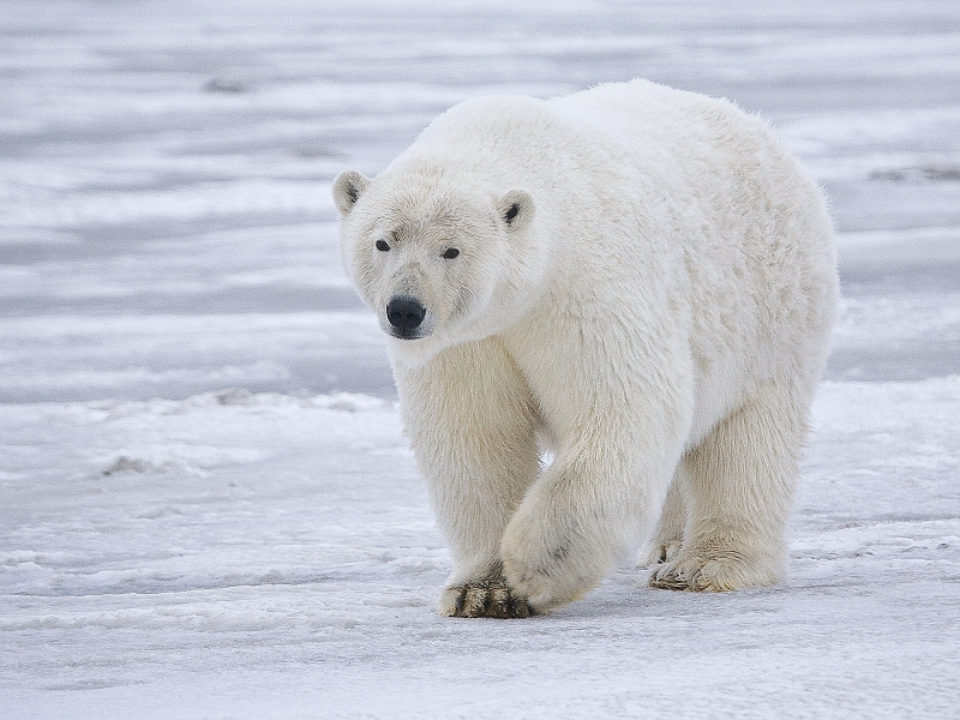
Polar bears are one of the most iconic animals of the Arctic, and their habitat spans across the icy regions of Canada, Alaska, Greenland, and Russia. These magnificent creatures are typically found along the coasts, often on sea ice, where they hunt for seals. Their thick fur and layer of fat help them survive the harsh Arctic conditions.
If you want to see polar bears in the wild, the best places to visit include Churchill in Manitoba, Canada, often referred to as the “polar bear capital of the world.” You can also spot them in Alaska’s Barrow and parts of the Russian Arctic. These areas offer unique opportunities to view polar bears as they roam their native environment.
Arctic Fox – Norway and Greenland
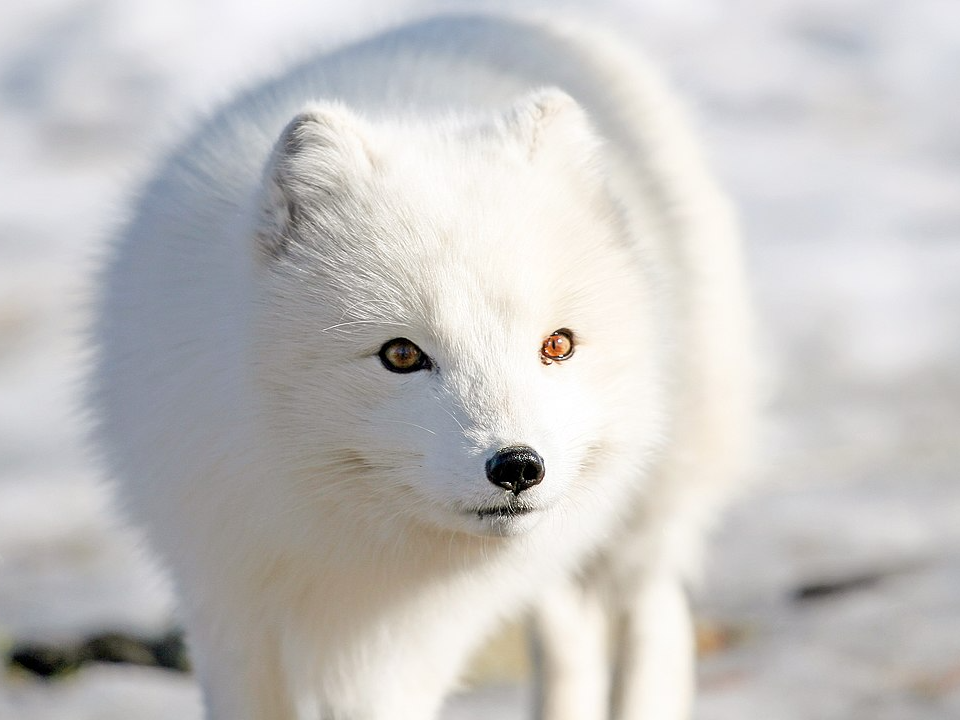
The Arctic fox is a small, resilient predator that thrives in the freezing conditions of the Arctic. With its white fur in the winter and brownish-grey coat in summer, the Arctic fox blends perfectly into its snowy surroundings. It is known for being able to withstand some of the coldest temperatures on Earth.
You can encounter the Arctic fox in Norway’s Svalbard archipelago or in Greenland, where they are frequently spotted in remote areas. In these places, you will have the chance to witness the fox’s amazing adaptation to its environment, and during the summer months, you may even see their young.
Narwhals – Canada and Greenland
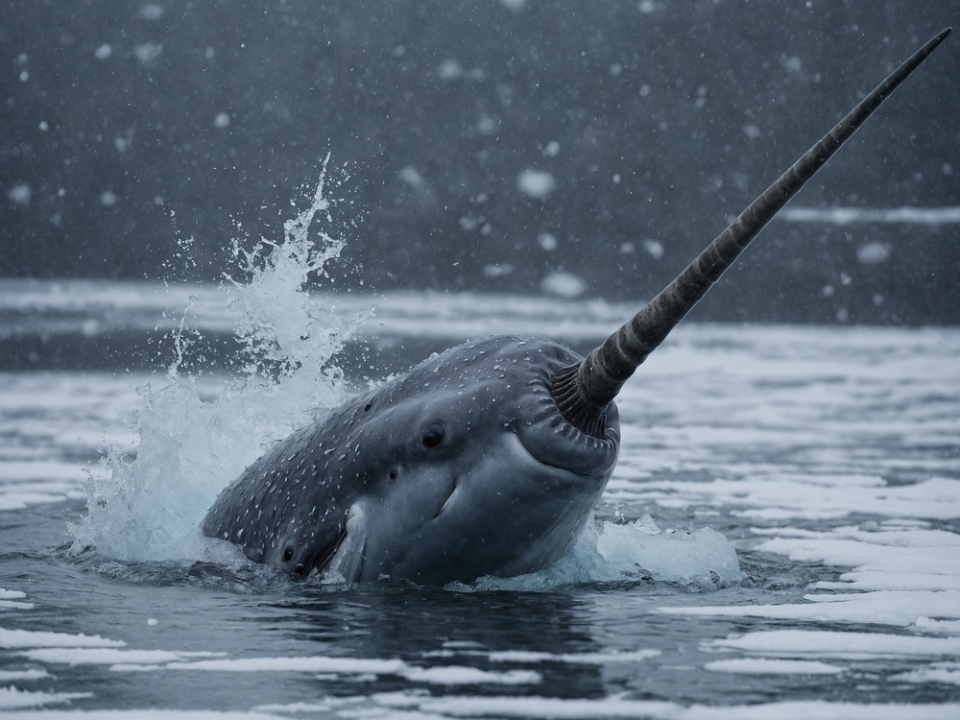
Narwhals are perhaps the most mysterious of all Arctic animals, known for their long, spiral tusks that can grow up to ten feet. These whales live in the cold waters of the Arctic Ocean, and they spend most of their time beneath the ice. Their tusks, actually elongated teeth, are believed to play a role in mating rituals and navigating their icy surroundings.
The best locations to see narwhals are off the coasts of Greenland and the Canadian Arctic Archipelago. These regions are home to large populations of these unique marine mammals, and during summer, you may catch a glimpse of their distinctive tusks breaking through the water.
Walrus – Alaska and Russia
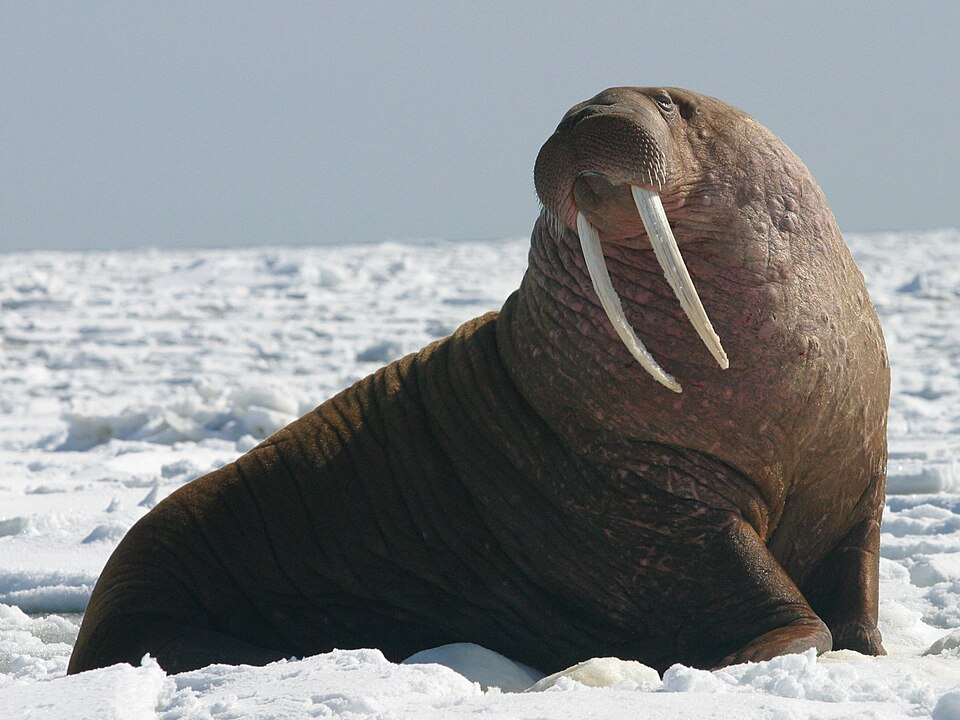
Walruses are large, social animals often seen lounging on ice floes or the shores of the Arctic. They are easily recognizable by their long tusks and thick, wrinkled skin. Walruses use their tusks for hauling themselves onto ice and for fighting over territory or mates.
To see walruses in the wild, head to the coastal areas of Alaska or parts of Russia’s Arctic. Walrus haul-outs, where they gather in large numbers, can be found in places like Alaska’s Bering Sea and Wrangel Island in Russia. Visiting these locations offers a rare opportunity to witness these powerful animals up close.
Musk Ox – Greenland and Canada
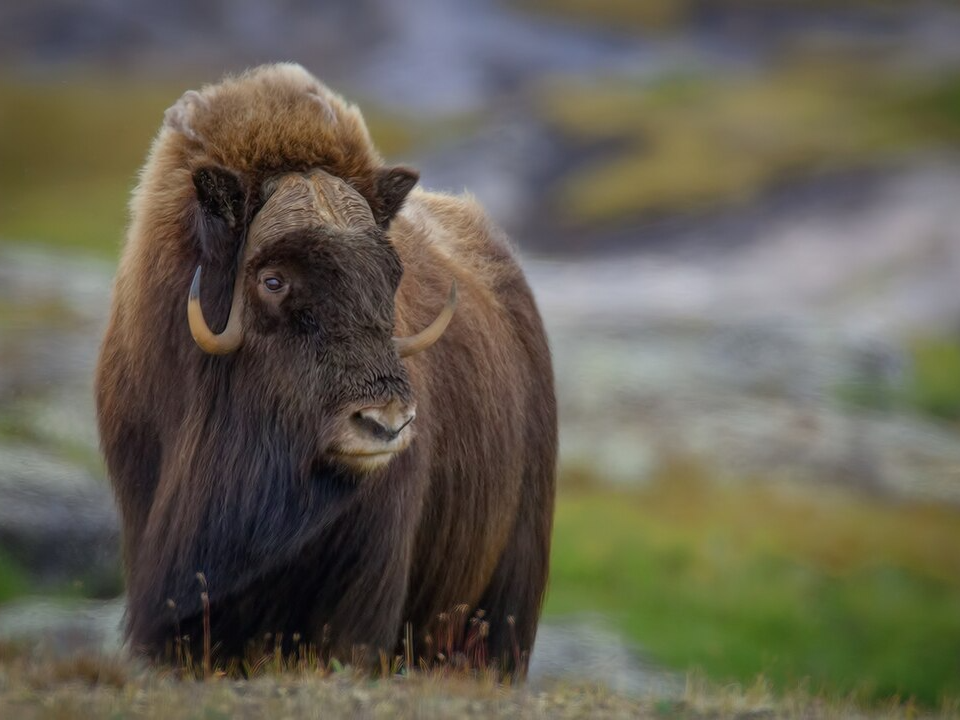
Musk oxen are strong, shaggy creatures that resemble a blend of buffalo and sheep. Their thick coats are well-suited for surviving the frigid temperatures of the Arctic tundra. Musk oxen are herbivores and travel in herds, grazing on grasses, shrubs, and mosses.
The best places to view musk oxen are in Greenland, where they roam the tundra in large groups, and in parts of northern Canada. In both of these regions, you can see them in their natural environment, often moving through snow-covered landscapes in search of food.
Arctic Tern – Iceland and Greenland
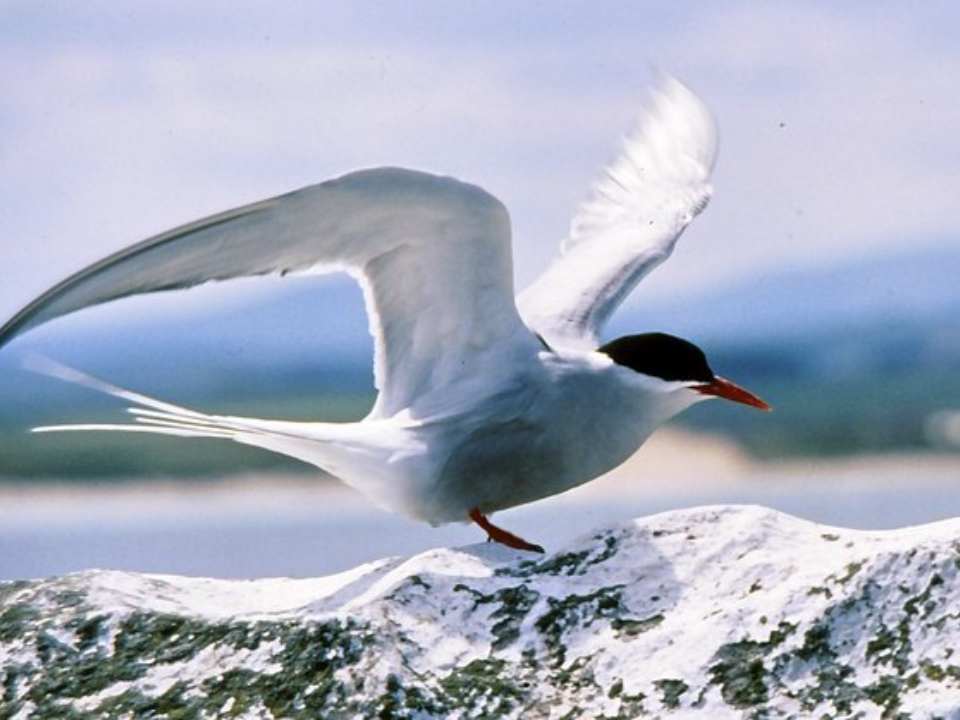
The Arctic tern is a small seabird known for having the longest migration of any animal on the planet. These birds breed in the Arctic during the summer months, making the far northern regions of Iceland and Greenland popular destinations for birdwatchers. During winter, the Arctic tern migrates to the Antarctic, covering a vast distance each year.
To see these remarkable birds, head to Iceland or Greenland, where they nest along the coastlines in the warmer months. Their migratory behavior and striking plumage make them a fascinating species to observe, especially during the breeding season.
Beluga Whale – Canada and Russia
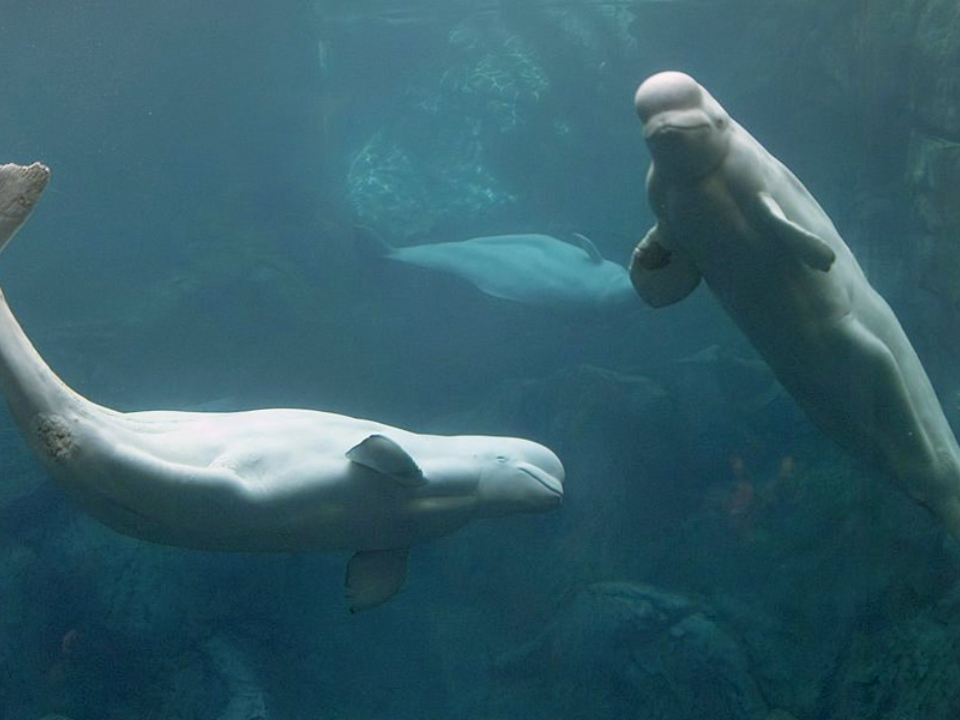
Beluga whales are easily identifiable by their white color and bulbous heads, known as melon. These whales are known for their social behavior, often traveling in pods and communicating with a range of sounds. They inhabit the coastal waters of the Arctic and sub-Arctic regions.
To see beluga whales, visit the coasts of Canada’s Hudson Bay or Russia’s Chukchi Sea. These areas are prime locations to spot groups of belugas swimming gracefully through the icy waters.
Snowy Owl – Canada and Alaska
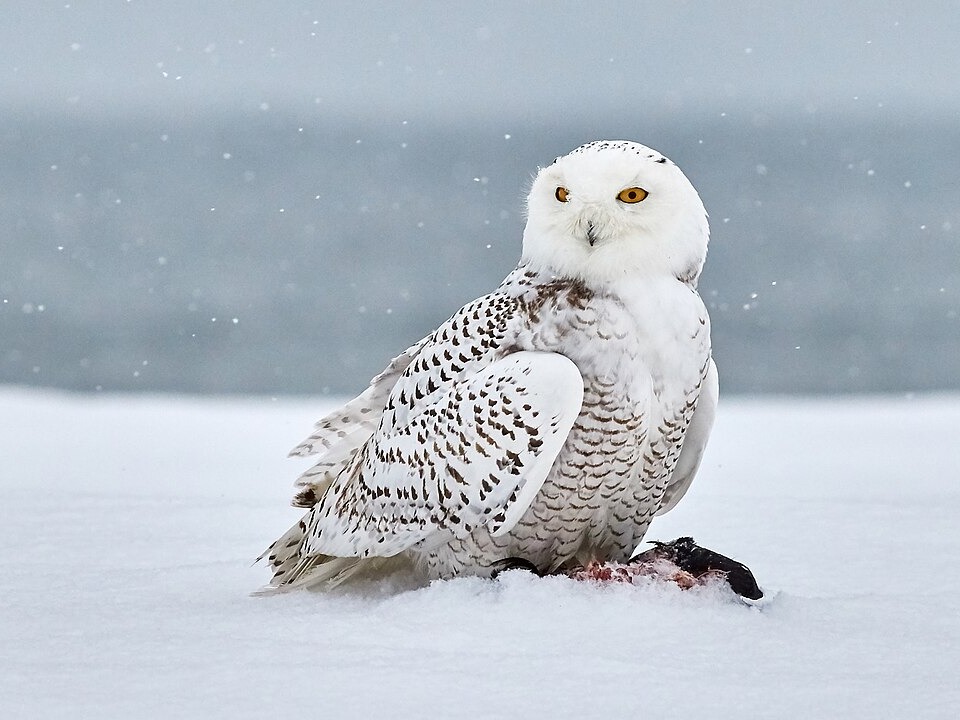
The snowy owl is one of the most striking birds of the Arctic, with its white feathers and bright yellow eyes. It is an expert hunter, preying on small mammals, especially lemmings, in the Arctic tundra. Snowy owls are also known for being one of the few owl species active during the day.
You can spot snowy owls in remote parts of Canada and Alaska, especially during the winter months. These majestic birds are most often seen perched on the ground or in trees, blending seamlessly into their snowy surroundings.
Arctic Hare – Canada and Greenland
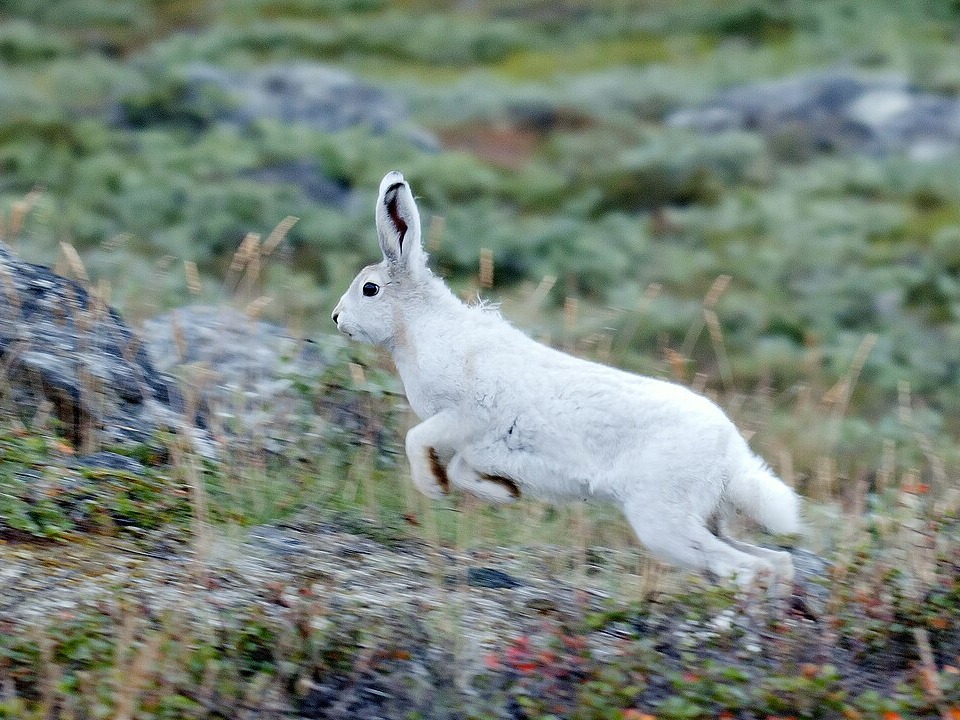
The Arctic hare is a small, sturdy mammal that thrives in some of the most extreme environments on Earth. Its thick fur and strong limbs help it survive the harsh conditions of the Arctic tundra. The Arctic hare is known for its incredible speed, which helps it evade predators.
To see Arctic hares, head to the tundra regions of Canada and Greenland, where they are commonly found in remote, snow-covered areas. Their ability to adapt to the cold and blend into the landscape makes them a fascinating creature to observe.
Greenland Shark – Greenland and Iceland
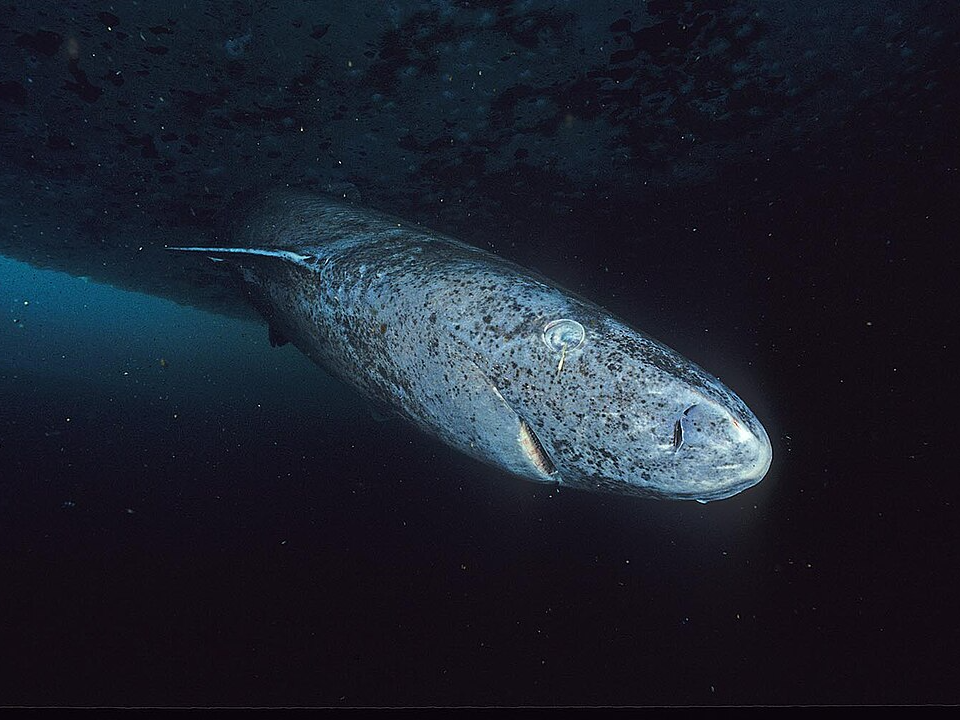
The Greenland shark is one of the longest-living vertebrates, with some individuals believed to be over 400 years old. These sharks inhabit the cold, deep waters of the Arctic and sub-Arctic regions, and they are known for their slow movements and elusive nature. Despite their intimidating size, they are not a danger to humans.
The best places to see Greenland sharks are off the coasts of Greenland and Iceland, where they live in deep waters. These creatures are mostly found at depths of 200 to 600 meters, making sightings extremely rare.
Reindeer – Norway and Sweden
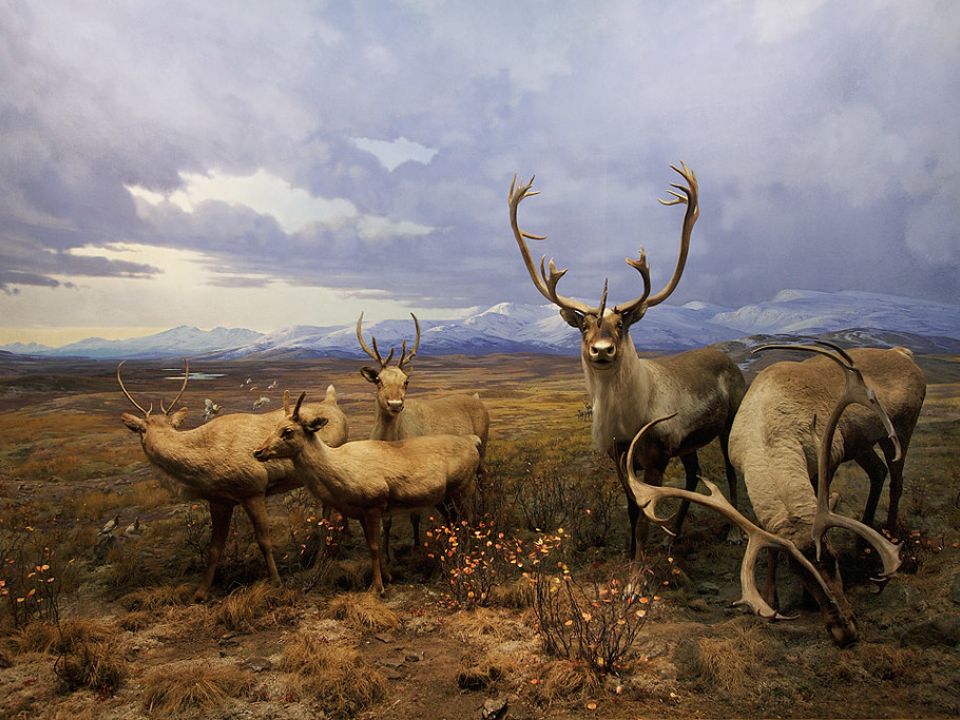
Reindeer, also known as caribou in North America, are one of the most well-known animals of the Arctic. They are often seen in large herds, migrating across vast stretches of land in search of food. Reindeer are an essential part of Arctic ecosystems, providing food for predators like wolves and polar bears.
You can find reindeer in the northern regions of Norway, Sweden, and Finland. These animals are particularly abundant in Lapland, where they are often seen grazing on the mosses and lichens of the tundra.
Icefish – Antarctica and Southern Ocean
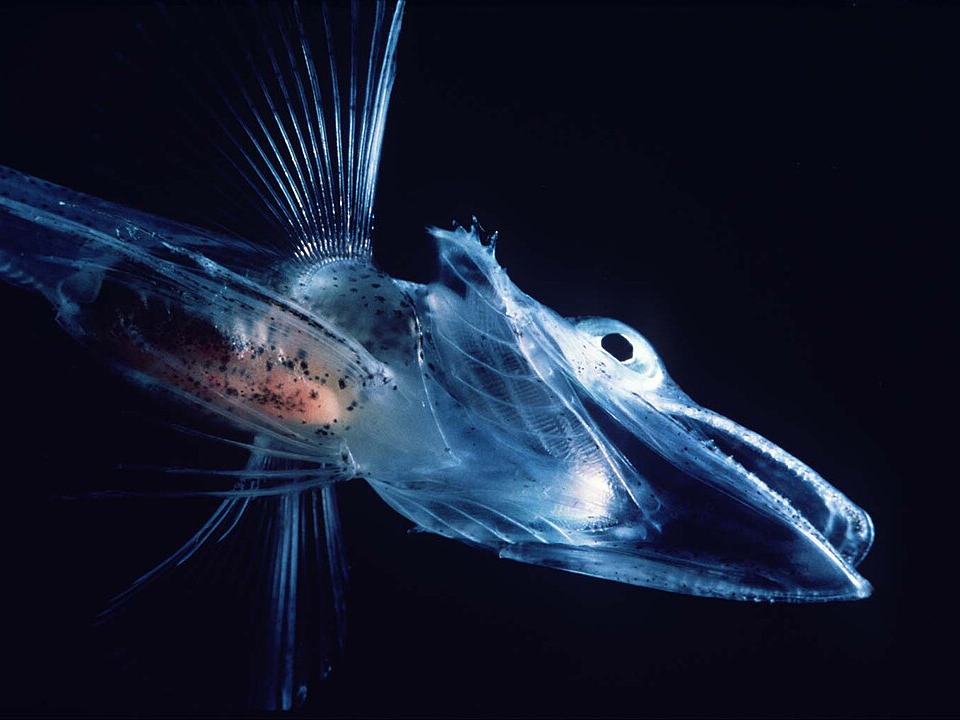
Icefish are remarkable creatures that have adapted to the freezing waters of the Southern Ocean. Unlike other fish, they do not have hemoglobin in their blood, which allows them to survive in the coldest temperatures. Icefish are typically found at depths of 200 to 1,000 meters.
To observe icefish, you would need to travel to Antarctica or the surrounding Southern Ocean. These fish are incredibly resilient and play an important role in the Antarctic ecosystem, feeding on krill and smaller fish.
Snow Geese – Canada and Alaska
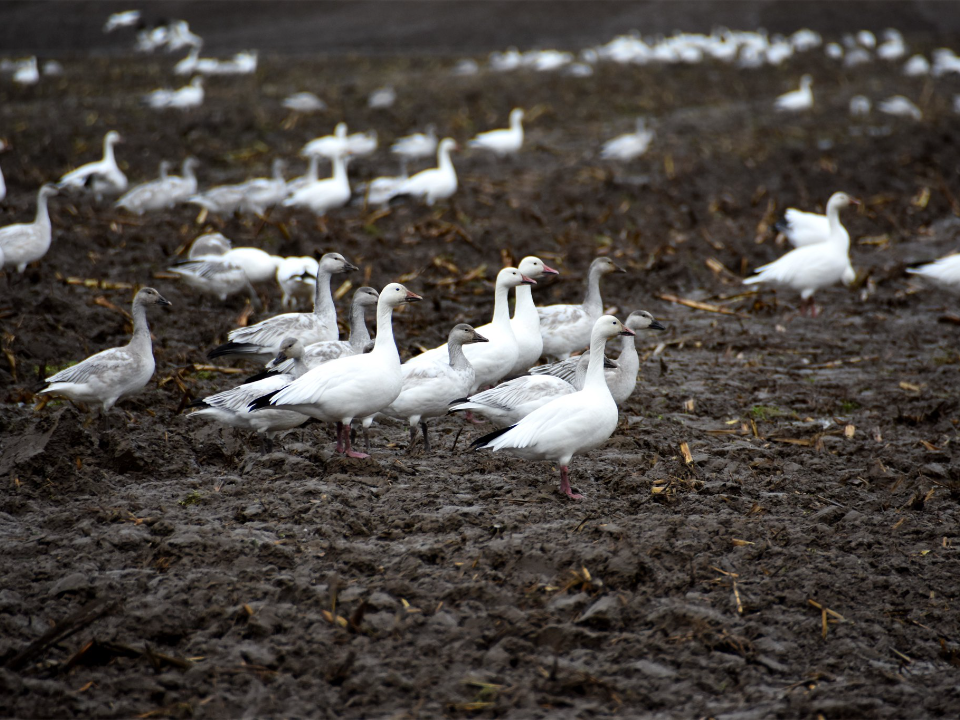
Snow geese are migratory birds known for their striking white plumage and large flocks. These geese breed in the Arctic and are often seen in large groups as they migrate between Canada, Alaska, and their wintering grounds further south. Their V-shaped formations and honking calls make them a memorable sight in the skies.
Canada and Alaska are the primary locations where you can observe snow geese in the wild. These birds are particularly abundant during migration seasons when they pass through wetlands and coastal areas in large numbers.
Ice Penguins – Antarctica
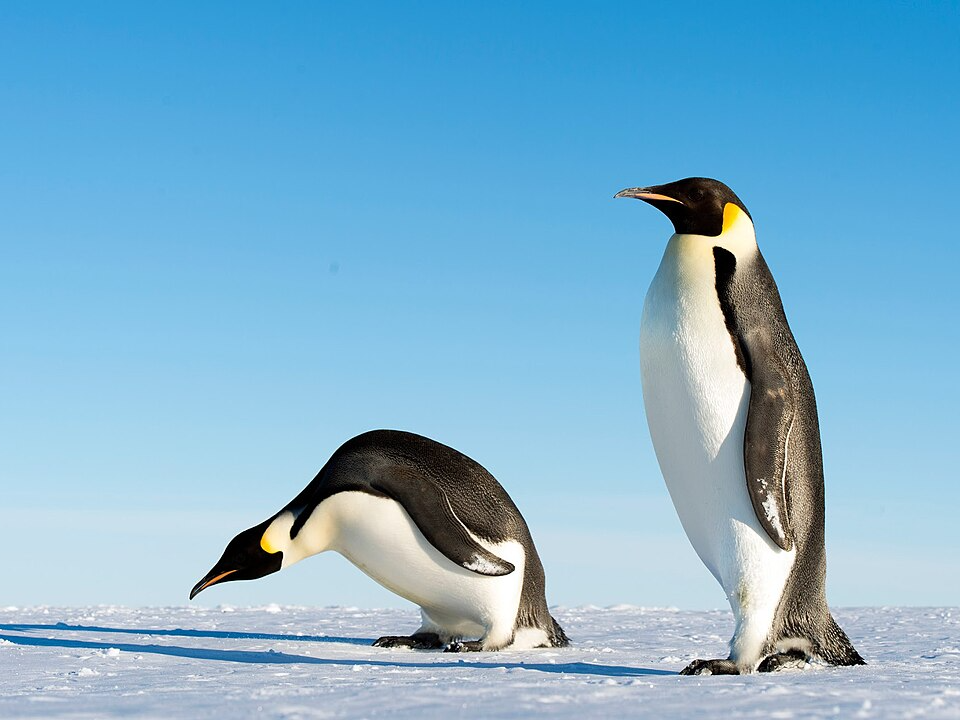
Ice penguins, or Emperor penguins, are the largest species of penguin and are native to the icy regions of Antarctica. They are known for their incredible resilience to the cold and their distinctive black and white feathers. Emperor penguins are exceptional divers and can swim to impressive depths in search of fish.
The best place to see ice penguins is Antarctica, where they breed on the ice during the harsh winter months. Visitors can see these remarkable birds huddled together for warmth or waddling across the ice in search of food.
Arctic Wolf – Canada and Greenland
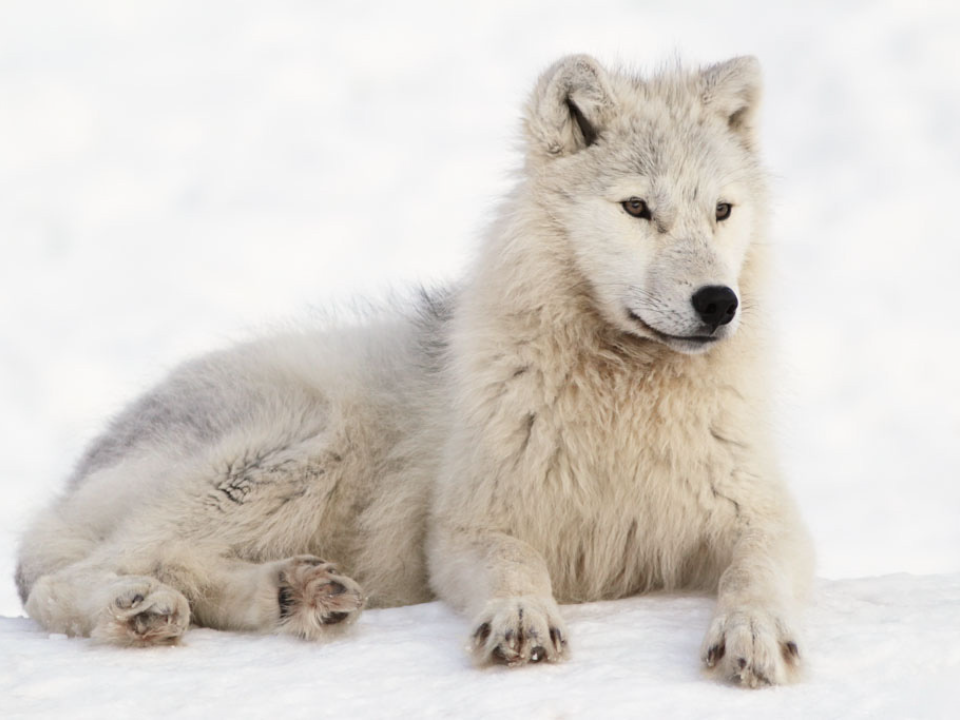
Arctic wolves are specially adapted to live in the harsh conditions of the Arctic. These wolves have thick fur coats and are capable of hunting in the extreme cold. They primarily prey on caribou, musk oxen, and smaller animals in the tundra.
You can find Arctic wolves in the remote regions of Canada and Greenland, where they live in packs and roam the vast tundra. These animals are elusive and often difficult to spot, making them a rare sight for wildlife enthusiasts.
This article originally appeared on Avocadu.
